Interesting Facts about the Household Cavalry
- The Household Cavalry consists of two regiments, armoured reconnaissance and mounted ceremonial, with both units manned equally by soldiers from two regiments, the Life Guards and the Blues and Royals.
- It is one of the oldest regiments in the British Army and has taken part in every major campaign since 1660.
- The Household Cavalry Mounted Regiment is based in Hyde Park, Knightsbridge and provides ceremonial troops for all state occasions including the opening of Parliament, state visits and the Queen’s Birthday Parade.
- The Household Cavalry Regiment is based in Combermere Barracks in Windsor.
- More than 325 officers and men make up the mounted regiment, which is where nearly all new Household Cavalry recruits learn to ride, and spend a year or so on ceremonial duties.
- Harry joined The Blues and Royals in April 2006 and served with the Household Cavalry Regiment – undertaking two tours of Afghanistan and rising to the rank of Captain.
- The Duke of Cambridge’s white horse called Wellesley is kept at the Hyde Park Barracks.
- During recent operations in both Afghanistan and Iraq, the Household Cavalry was one of the most deployed regiments in the British Army.
- Both the Blues and Royals and the Life Guards are inspected on 54 different points on their ceremonial uniforms in summer, and 44 in winter.
- The cleaning and maintenance of the uniform and horses black kit can take up to 10 hours, more than four hours for what the soldier or officer would wear, and five hours for the items worn by the horse.
- The regiment gets through 200 tins of black polish every month, or 2,400 every year.
- The jackboots which are worn by the Household Cavalry Mounted Regiment take seven hours per boot to polish up to their patent shine, and 18 hours when new out of the box.
- Soldiers will often use 100 denier tights when polishing ceremonial kit items, as well as other soft cloths.
- Each jackboot requires two to three kilograms of beeswax to achieve the famous shine.
- Brasso is used to clean and perfect the metal parts of the ceremonial uniform, and a product called white sap is used on the white leather and components to keep them bright.
- The process of cleaning and maintaining the kit and uniform elements have remained unchanged since the Life Guards were formed in 1660.
- To groom the horse, including polishing their hooves with hoof oil or putting chalk on their white socks to make the fur brighter, it can take up to an hour and a half.
- During the mounted wedding procession after the ceremony, the horses in the escort will be wearing ear defence to help with the loud noises from the crowds.
- Per year the horses which make up the mounted regiment get through 12,000 horseshoes, which are changed every four to six weeks due to riding on London’s roads.
- The horses used by the Household Cavalry Mounted Regiment are Irish Draft Cross thoroughbred, all measure above 16 hands and are mostly black in colour.
- There are around 235 cavalry black horses, 14 greys and four drum horses which make up the Household Cavalry Mounted Regiment.
- The horses will carry at least 44 kilograms of kit and ceremonial uniform, as well as the soldier riding them.
For further information and details on Changing of the Horse Guards at St James Palace and how to get there check out this website HERE
Snaffle Travel visits the Changing of the Horse Guards on our tours that visit London.
This article is courtesy of the Press Association – Irish Examiner

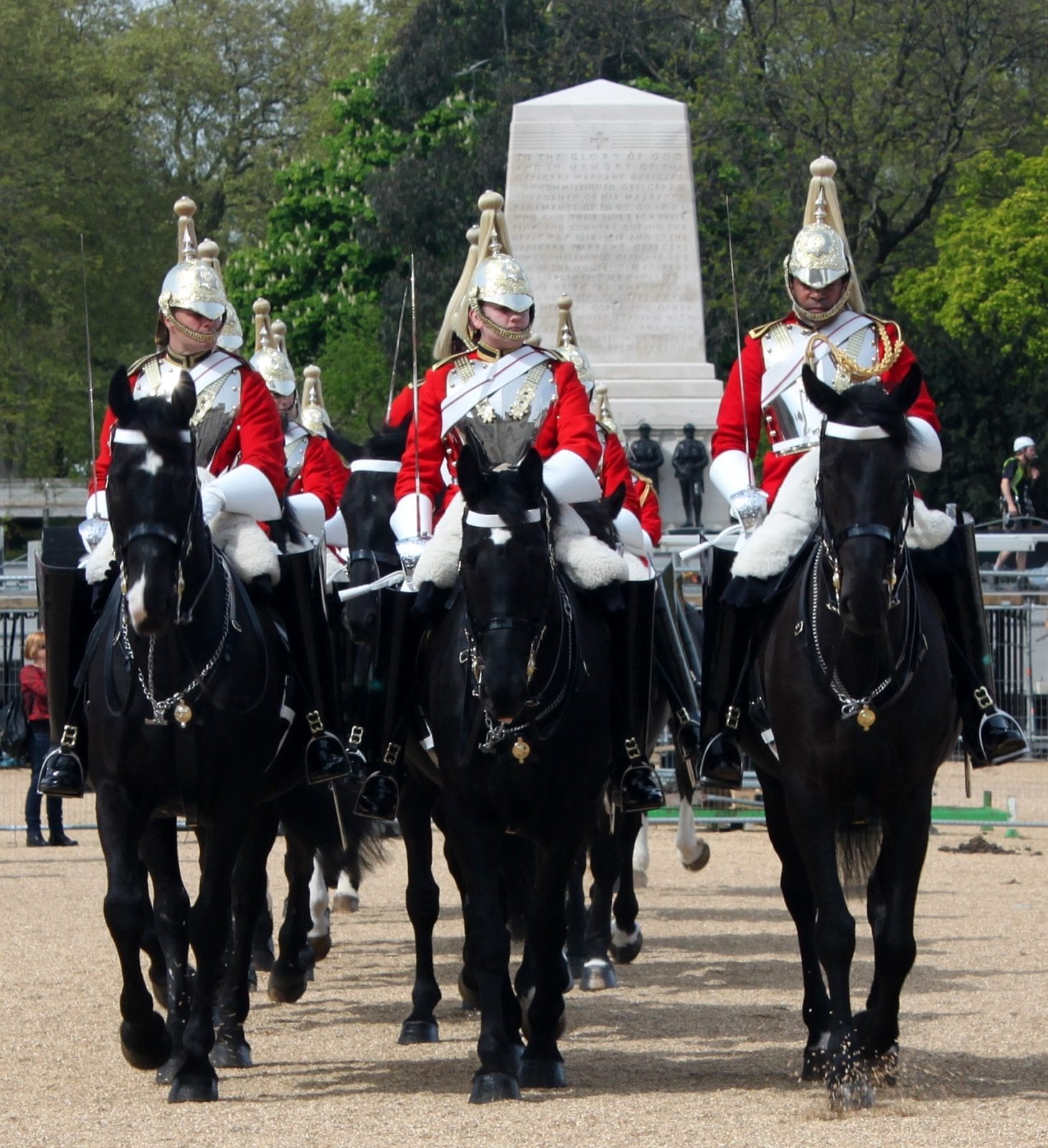
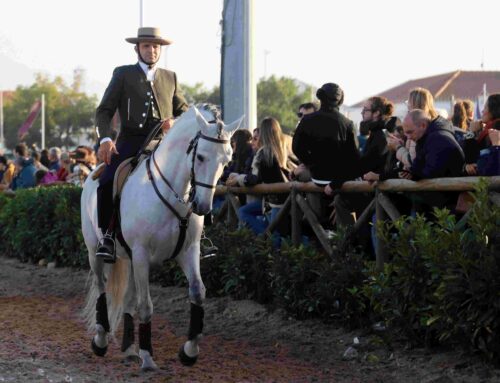
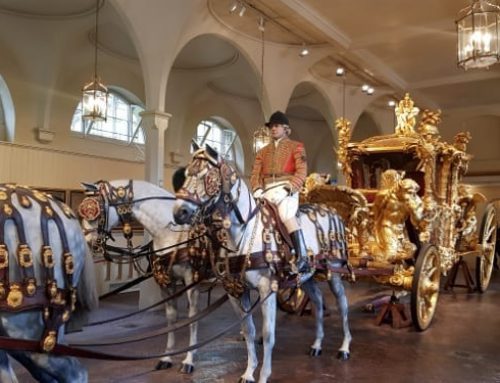
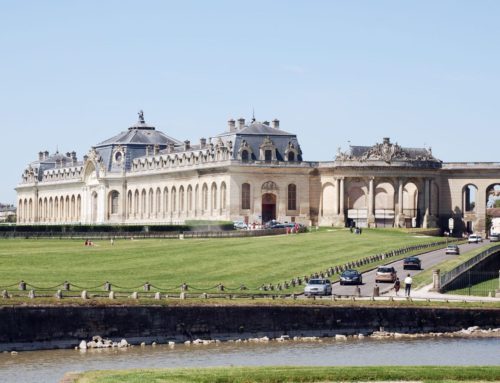
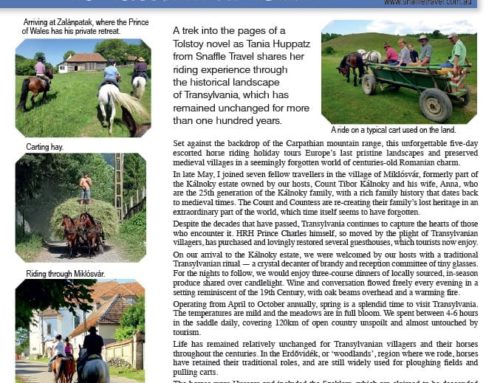
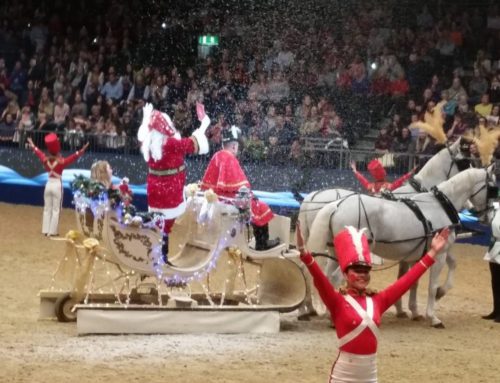
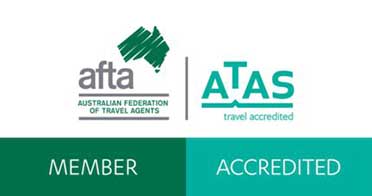




Leave A Comment